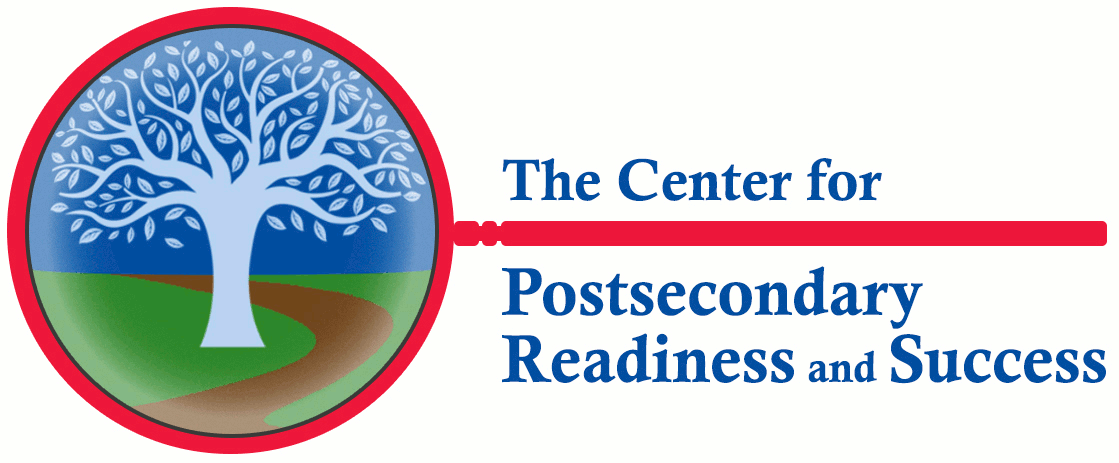ScholarWorks > WMU > JCA > Vol. 5 (2020) > Iss. 1
Abstract
Advancements in computational linguistics have allowed educational researchers to examine large amounts of text and assess the reading difficulty of that text for speakers whose first language is English (L1), and speakers whose first language is not English (L2). Considering L2 students exploring higher education, extant research suggests these L2 students do not access United States (U.S.) higher education as the same level as their L1 peers. Using popular measures of L1 and L2 readability, the current study analyzes admission instructions from 341 randomly-selected four-year U.S. institutions of higher education and finds L2 readability is more difficult (30.9) than L1 readability (37.7) and differences in means are statistically significant (p=0.001) across the entire sample and each institutional sector (public, private non-profit, and private for-profit). These findings may help explain the postsecondary achievement gap experienced by L2 students in the United States.
Recommended Citation
Taylor, Zachary W.
(2020)
"College Admissions for L2 Students: Comparing L1 and L2 Readability of Admissions Materials for U.S. Higher Education,"
Journal of College Access: Vol. 5:
Iss.
1, Article 6.
Available at:
https://scholarworks.wmich.edu/jca/vol5/iss1/6


